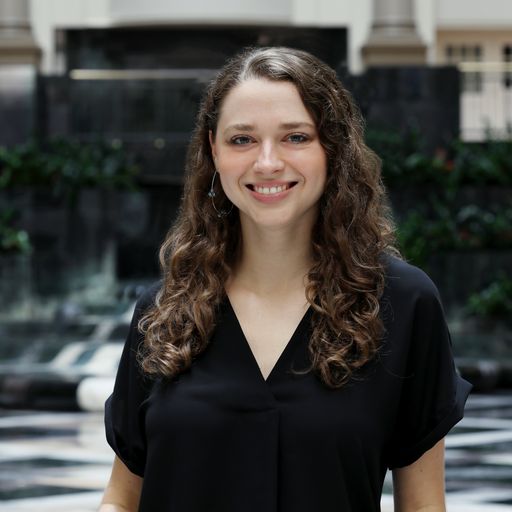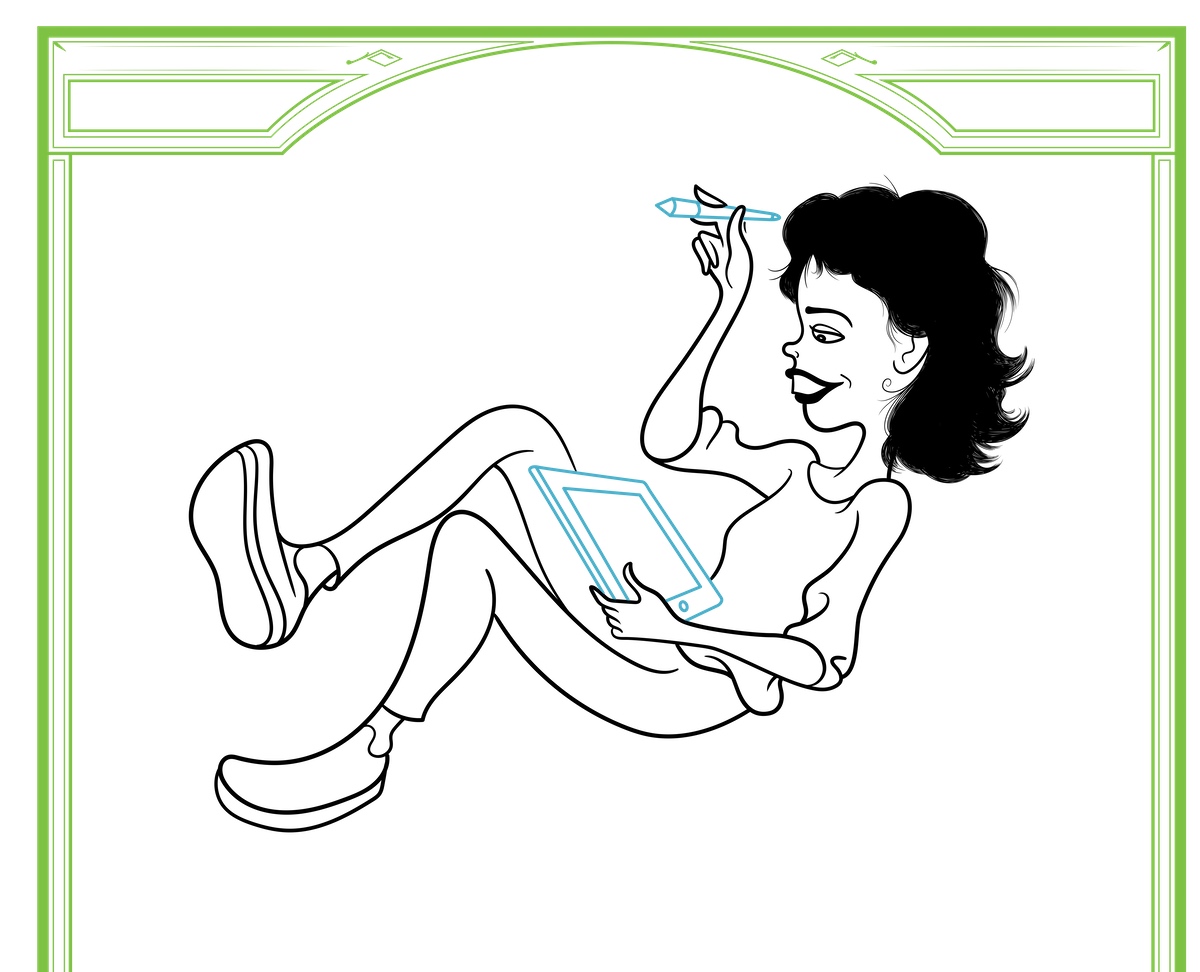Even if you don’t know the name Susan Kare, you know her work. Indeed, depending on your tech setup, your finger might have just been tapping on an icon she made for Apple in the early ’80s.
Kare is a typeface and icon designer who was on the Macintosh team charged with creating the operating system’s original fonts. And because of her MontCo roots, the fonts that came to be known as Venice, New York and Geneva were once named after stops on the SEPTA Regional Rail’s R5 line — briefly, until Steve Jobs stepped in.
That delightful local tie is why Technical.ly is giving her a shoutout in our editorial series connecting innovators of Philly’s past to its modern understanding of innovation ahead of Philly Tech Week 2020 presented by Comcast. (See our recent look at Black abolitionist James Forten’s legacy for the series.)
Kare now works in San Francisco as the creative director for special projects at Pinterest. She wasn’t available for an interview about her more recent work, but in 2011, cofounder Brian James Kirk spoke to her about her Philly-area roots and those iconic Mac designs.
Check out a reprint of that Q&A below.

Icons by Susan Kare.
Rosemont. Ardmore. Overbrook. Paoli. Locally, they’re second nature. Simply, stops on the Regional Rail.
But in the early ’80s, as Apple was preparing its original Macintosh personal computer, the names nearly became titles for several typefaces in its operating system.
Susan Kare, the prolific typeface and icon designer — who now works for clients like Facebook, Chumby, PayPal, AOL and others — remembers it well. She was in Cupertino, California, designing that first set of legendary typefaces.
She and a colleague, Andy Hertzfeld, named them after local transit stops between their hometown of Narberth and Center City.

Fonts designed by Kare.
Until Steve Jobs stepped in.
“Jobs thought that our idea of city names was fine, but suggested that ‘world class cities’ would be better than suburban towns,” she said in an email to Technical.ly Philly.
So it is that the original macintosh fonts — Chicago, New York, Geneva, Venice and a handful of others — have roots in Philadelphia. And by association, so do some of the classic designs shown above, created by Kare, like the designs for Microsoft’s Solitaire, the Happy Mac icon, and even the obscure Swedish symbol that Apple still uses for its Command key.
A conversation with Kare, to get this bit of Philly folklore on the record.
###

Susan Kare.
What is your Philly connection? You grew up here?
My family lived in Narberth when I was in high school at Harriton (in Rosemont). My father was the director for 20 years at the Monell Chemical Senses Center at Penn.
Tell us what you remember about Andy Hertzfeld and how you both came to name the fonts after stops on the Paoli line.
Andy Hertzfeld and I were classmates at Harriton. He was instrumental in my having the chance to work at Apple, and is a gifted programmer. He currently works for Google, but we have worked together on numerous projects over the years. It was a spur of the moment decision to name the fonts after stops on the Paoli local, but Andy and I had a number of fonts to name, so it seemed like a good set.
What were those original fonts named?
I believe we at least had Rosemont, Ardmore, Overbrook, and Paoli (though Chicago was previously called Elefont).
What was the reason for the changed titles? Is it true that Steve Jobs wanted names that were references to large metropolitan cities instead of Philadelphia?
Steve Jobs thought that our idea of city names was fine, but suggested that “world class cities” would be better than suburban towns: New York, Geneva, Venice, Chicago, etc.

An early display of the Chicago font by Susan Kare and the Macintosh team. (Courtesy image)
What was it like working with Jobs?
He is really smart and creative across a wide range of disciplines. Because he had a great interest in the Macintosh project, he would often stop by at the end of most days to hang out, see what was new, and offer a few suggestions.
Take us back to when you created the fonts. Were you in Philadelphia?
Haven’t lived in Philadelphia since the early ’70s when Andy and I left for college. I did work for a terrific designer (Harry Loucks) in the graphics department at the Franklin Institute for several summers during high school and college. We worked on the Macintosh at Apple Computer in Cupertino. It was exciting this year in baseball when San Francisco played Philadelphia and the end of the season!
Now you’re working with Facebook? What else are you up to?
My company, Susan Kare Design, creates digital images and user interface graphics for many companies. We’ve done work recently for Facebook, Fossil, Thompson Reuters, PayPal, and AOL.
Tell us about the limited edition icon prints that you recently released.
We launched kareprints.com in December 2010, to offer signed, limited edition prints of some of our favorite icons. There are a number of images familiar to computer users that range from navigation icons to solitaire cards. We just created a set of prints for Valentine’s Day.
Before you go...
Please consider supporting Technical.ly to keep our independent journalism strong. Unlike most business-focused media outlets, we don’t have a paywall. Instead, we count on your personal and organizational support.
Join our growing Slack community
Join 5,000 tech professionals and entrepreneurs in our community Slack today!





